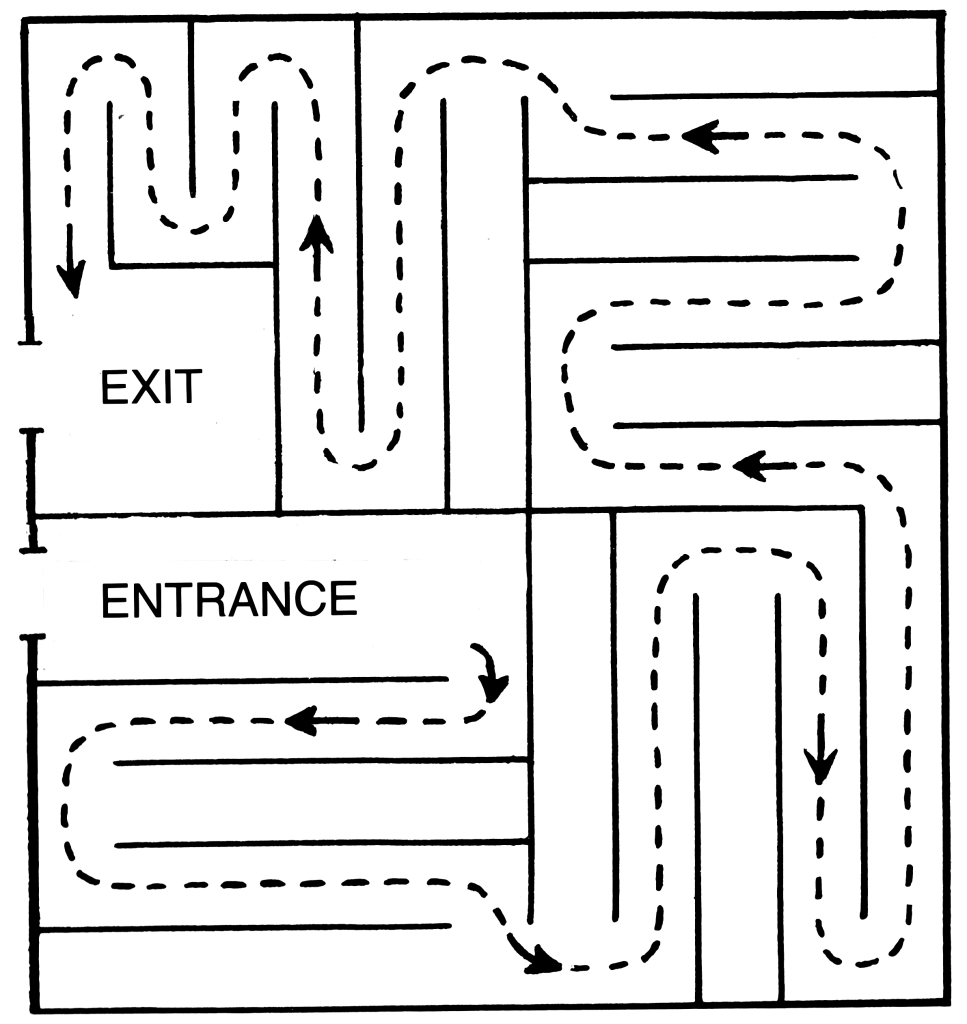22 Commands
In all languages there are many ways to express commands. Notice the various ways to express commands in English:
- Can you pass me the salt, please?
- Pass me the salt.
- You have to pass me the salt.
- You must pass the salt to me.
- Could you reach the salt for me?
- I would like to have the salt.
- Should you pass me the salt, if you are so gentle?
- I’m sorry, but I should kindly demand some salt from your delicate hands.
- Salt! Now!
- If you don’t pass me the salt, I’ll throw it to your face and rub it against your eyes.
Spanish may have the same amount of ways to express that. The classic command in English would be just “Pass me the salt”. However, in Spanish, this single structure can have many conjugations according to the number of people you are addressing and the degree of formality.
If you want to address a group of people, for the regular conjugation, you need to change the vowel into its opposite, and add an N:
- PasenMEla sal (=pass ME the salt), the infinitive is PASAR
- Escriban(=write), the infinitive is ESCRIBIR
- Doblenel papel (=fold the paper), the infinitive is DOBLAR
- Giren a la derecha (=turn right), the infinitive is GIRAR
If you want to be formal to address a single person, you just delete the N from the plural:
- PaseMEla sal (=pass ME the salt), the infinitive is PASAR
- Escriba(=write), the infinitive is ESCRIBIR
- Dobleel papel (=fold the paper), the infinitive is DOBLAR
- Giren a la derecha (=turn right), the infinitive is GIRAR
To direct someone towards a location, you use SEGUIR (=to continue) in the expression SEGUIR DERECHO (=go straight), but conjugated formally or informally. This verb changes the vowel in the stem from E to I:
- Conjugated informally: SIGUE DERECHO
- Conjugated formally: SIGA DERECHO
In Spanish, DERECHO means “straight” and LA DERECHA means the right.
Then there are many ways to express “to turn”, but the easiest verb is GIRAR or DOBLAR
- Conjugated informally: GIRA, DOBLA
- Conjugated formally: GIRE, DOBLE
The expressions to direct a turn are A LA DERECHA=rightwards and A LA IZQUIERDA=leftwards:
- Sigue derecho=go straight (informal)
- Gira a la derecha=turn right (informal)
- Gira a la izquierda=turn left (informal)
Informal Command:
To say yes, you just say the same as the third person present. Regular conjugation involves just deleting the R from the infinitive.
- CANTAR: Canta! (=Please, sing!)
- DESCANSAR: Descansa! (=Please, rest)
- COMER: Come! (=Please, eat!)
To say no, you delete the AR and add ES. Or you delete the ER and add AS.
- CANTAR: No cantes! (=Please, don’t sing!)
- DESCANSAR: No descanses! (=Please, don’t rest)
- COMER: Comas! (=Please, don’t eat!)
The informal singular affirmative command is exactly as the third person present indicative. For example:
- PasaMEla sal (=pass ME the salt), the infinitive is PASAR
- Escribe(=write), the infinitive is ESCRIBIR
- Dobla el papel (=fold the paper), the infinitive is DOBLAR
- Gira a la derecha (=turn right), the infinitive is GIRAR
Sample conversation:
Asking and following directions
A: ¿Cómo llego a la salida? (=How do I arrive to the exit?)
B: Add directions picking as many as necessary from the following list of informal command expressions:
- Sigue derecho=go straight
- Gira a la derecha=turn right
- Gira a la izquierda=turn left
- Por=through
- Path=camino
- Hasta el final=until the end
- Chocar con=to hit, to run against
- Un poquito=a little bit
- Entrada=entrance
- Salida=exit
Command your partner through various directions in the maze I found in Wikipedia.
Add at least 10 yes-commands, and 3 no-commands (for Intermediates, Advanced, and Native Speakers of Spanish).
Add at least 5 yes-commands, and 1 no-command (for Beginners)

